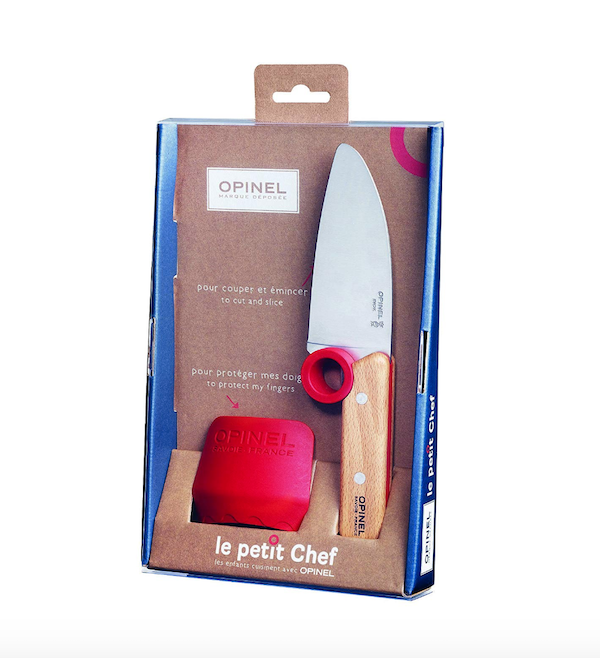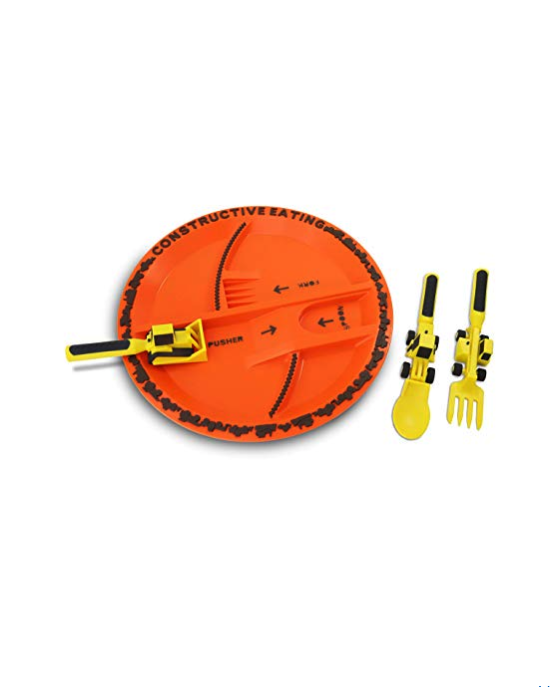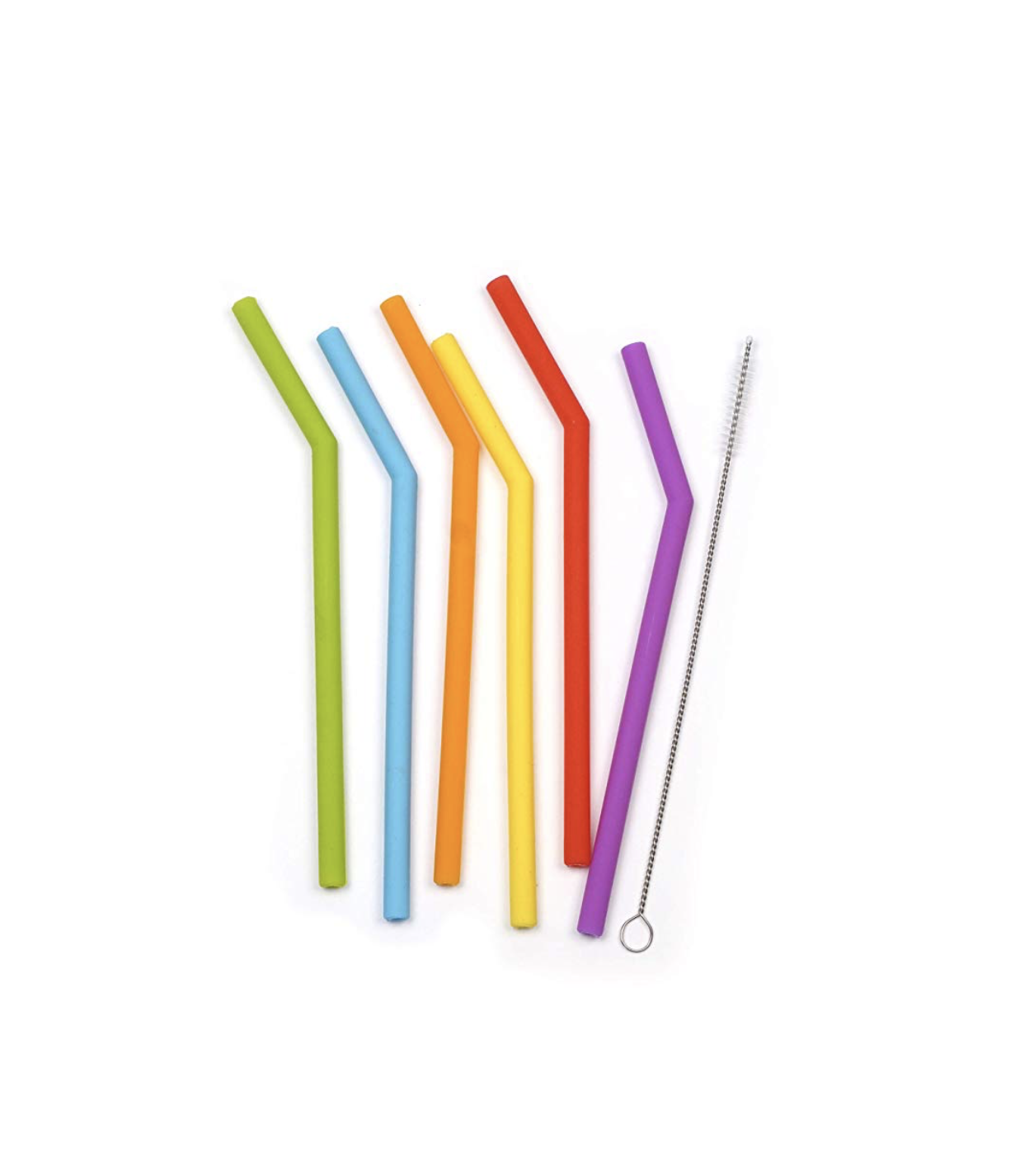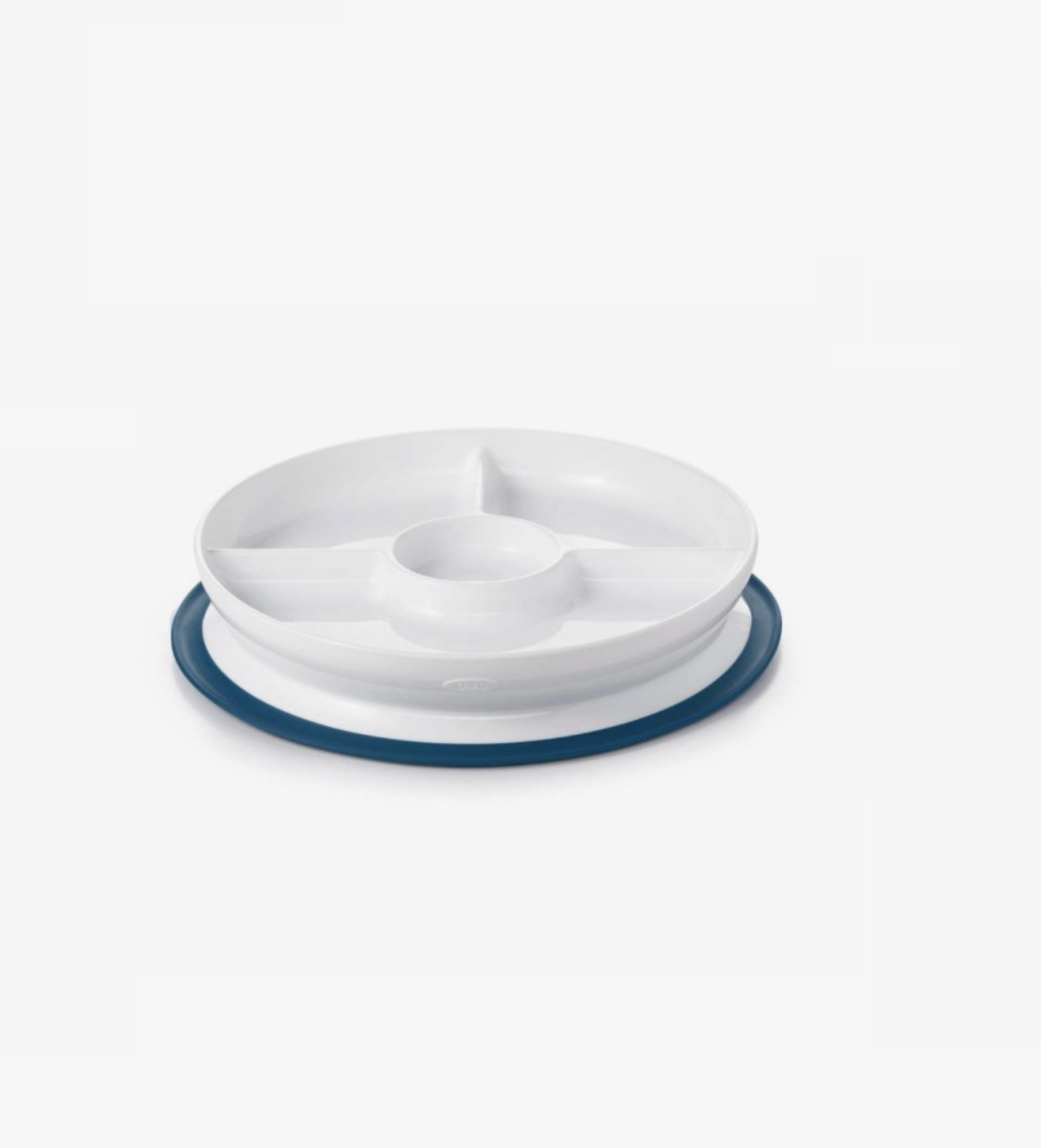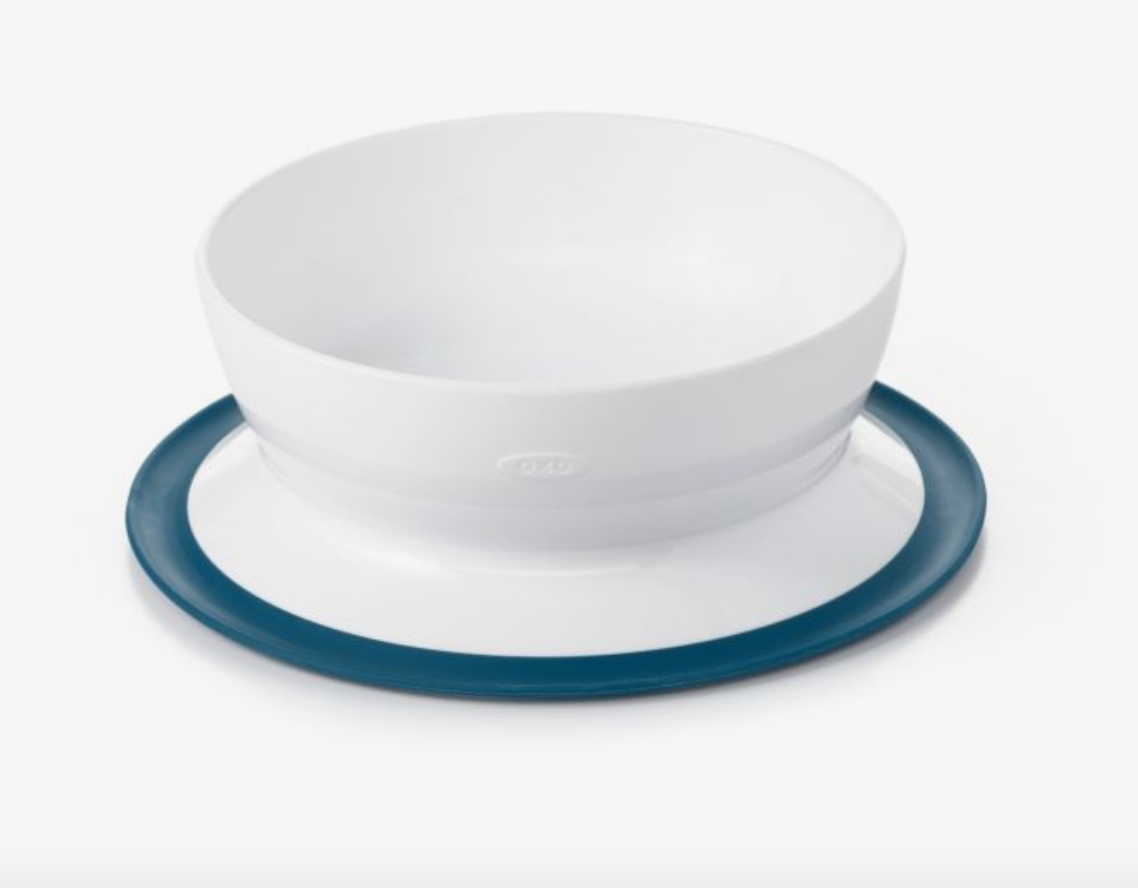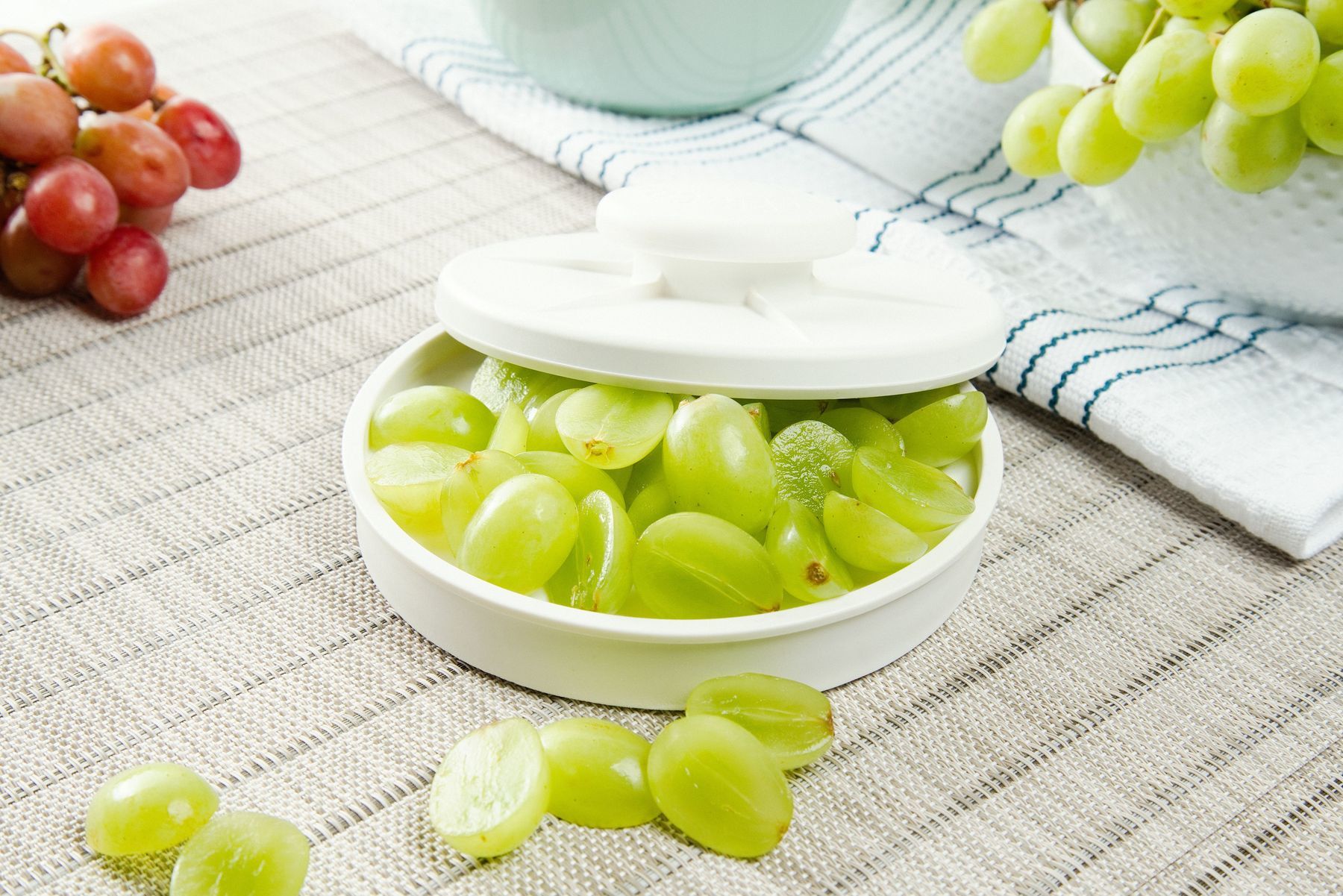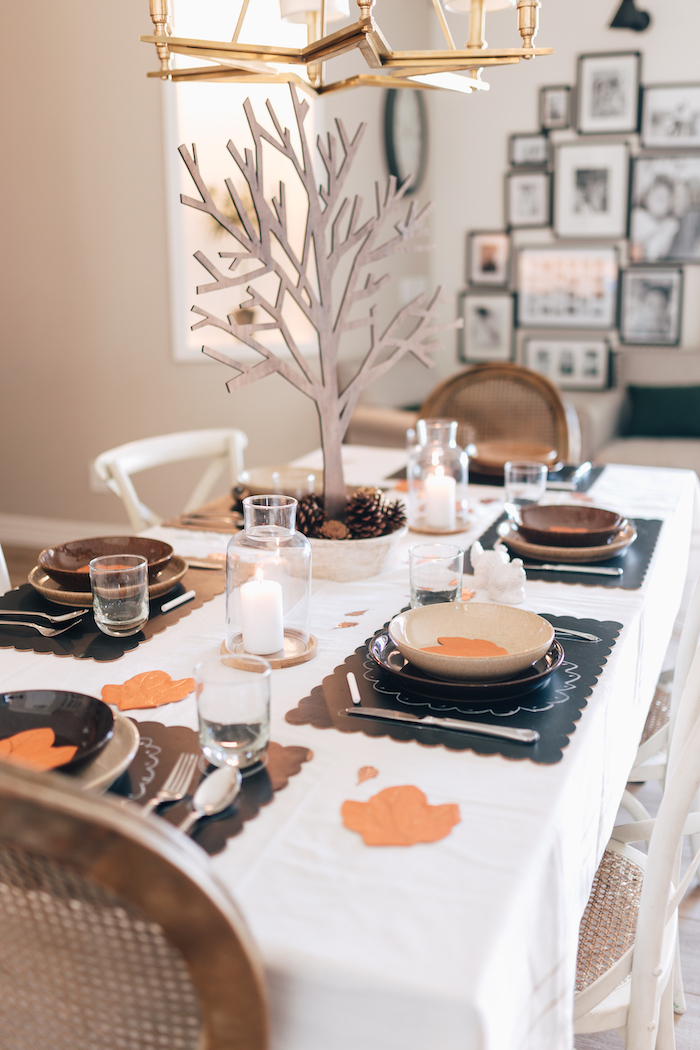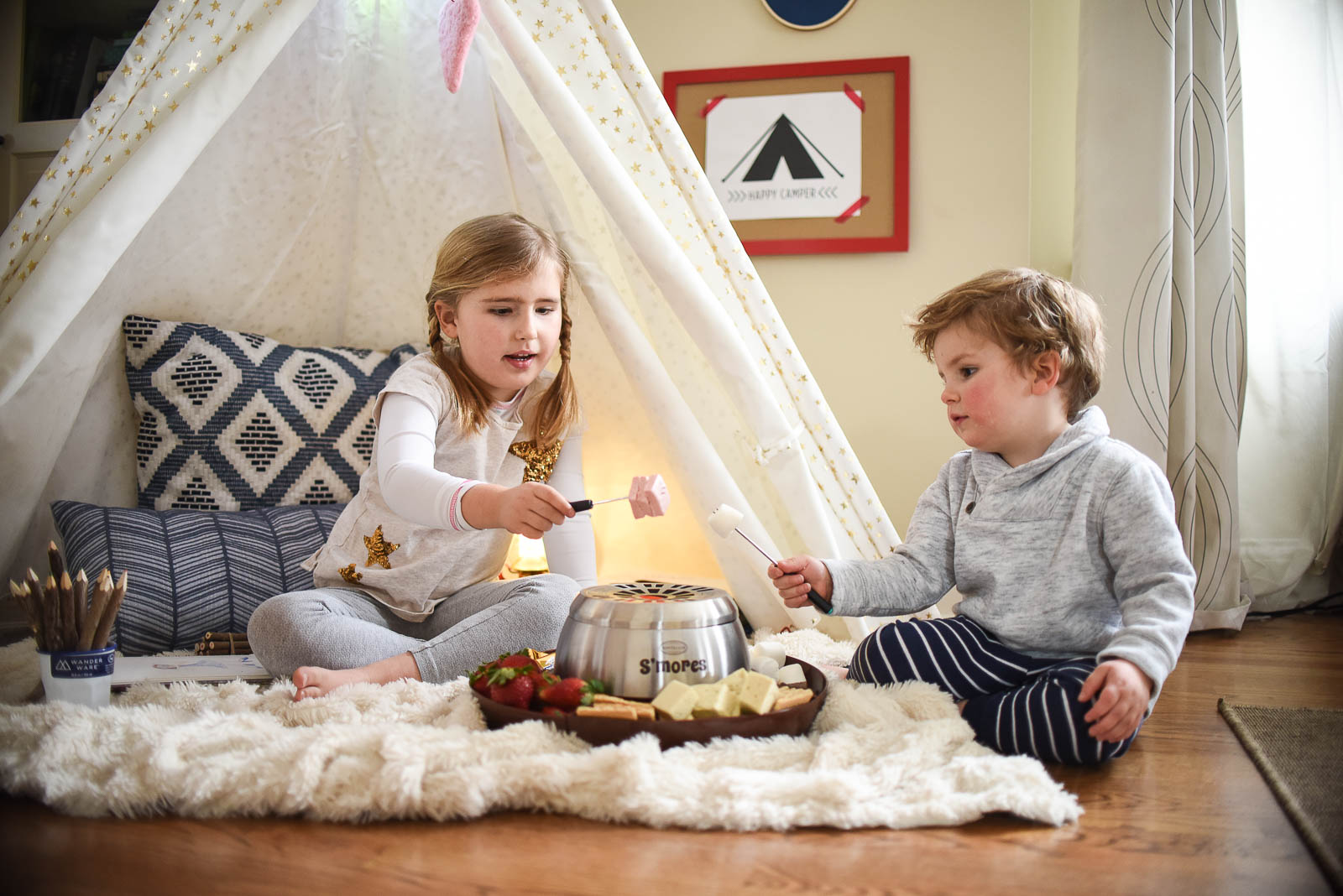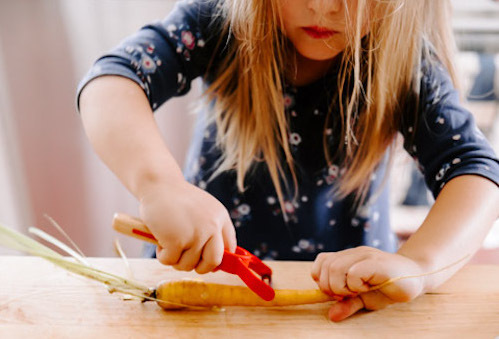
Toddlers can be, well, selective. They like routine, consistency, and exploration all on their terms. This may make it difficult to do things outside of your child’s norm. Especially when you, the caregiver, suffer the consequence (i.e. meltdowns and temper tantrums galore). Trust me, I know, I’ve been there plenty.
This can be particularly true when it comes to food and introducing new variety. Many parents and caregivers fear their toddler isn’t getting enough, and are desperate to overcome this picky eating hurdle. I want to help. But before we get into the how it’s important to know the why.
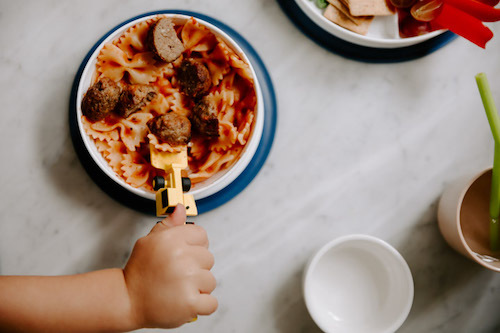
Simply put, children are naturally programmed to fear new foods. It’s a survival mechanism called neophobia, and it can sometimes take a child up to 20 introductions of a new-to-them food before they begin to feel comfortable trying it. That can be a bit disheartening to hear especially if you’re thinking, “You mean I have to introduce salmon 20 different times before my kid will even put it to their mouth?!”. Well, maybe yes and maybe no. Each child is different.
Instead, I hope this factoid provides some validation in your efforts, and some comfort to know it can happen. This really just means that eventually, with enough repetition, you too can successfully introduce a new food to your stubborn child. Repeated exposure is key, and I hope you will consider these three tips to get you there!
1. Get your toddler involved!
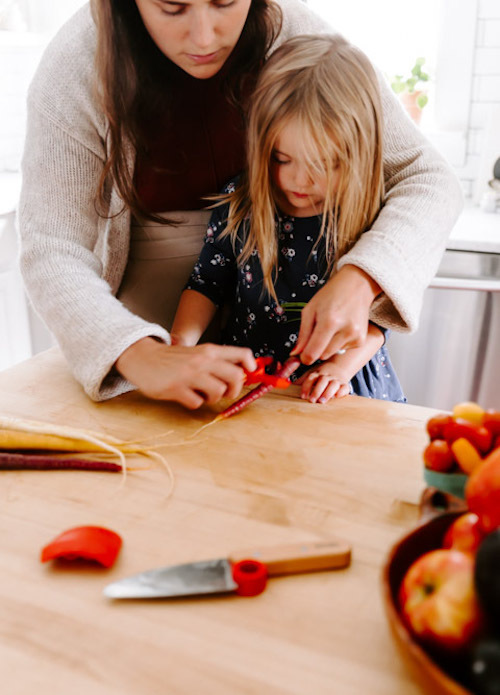
My toddler just turned 3 years old and we are in the thick of the “threenager” experience. Despite how difficult it can feel to constantly battle “her way”, I know that her desire for routine ultimately works to my benefit at meal times. The trick is to consistently get your toddler involved in the full meal planning routine. From grocery shopping and preparation, to serving and clean up. They come to expect their roles and enjoy helping you, too!
Here are a few examples of how this works in our household. At the grocery store, we identify each item (even if just briefly) as we put it into our cart. I let my toddler help me pluck items from the shelf and even let her “pay” at the register. This experience is educational, helps increase exposure to the food we bring into our home, and empowers her, too.
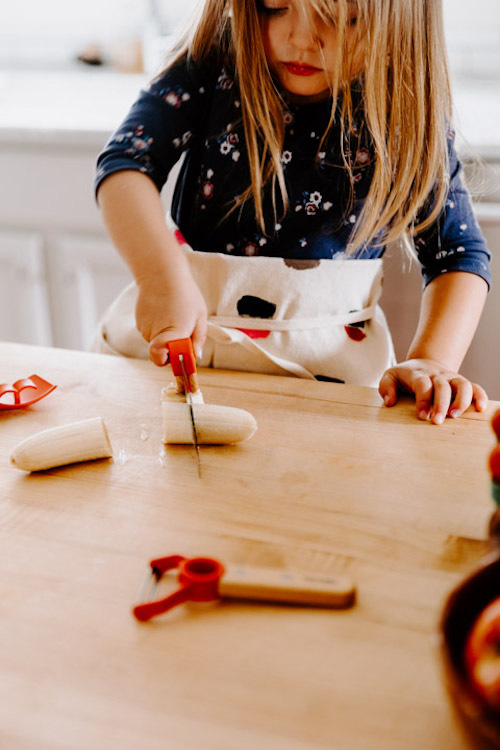
When it comes time to prepare the food, I let my toddler get involved as much as possible. She is not quite old enough to read and follow a recipe, so instead I hand her a small bowl of something like dried beans, a measuring spoon, and a larger bowl for her to play and explore while I cook alongside. Other times, I will give her a task like chopping a banana, peeling a carrot, cracking an egg or pouring milk. Each of these experiences increases exposure and normalizes the food that you are trying to introduce. Not to mention, it’s fun for kids to experiment and play in the kitchen!
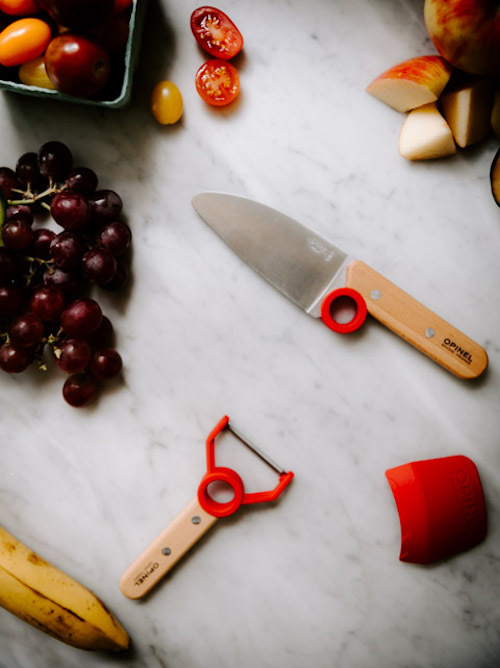
Our newest obsession is the Opinel kid chef set. They have knife safety holds built into the peeler and the knife, and provide a finger guard for cutting. Teaching proper knife skills at a young age is a good idea, and this set provides a safe way to get started.
I do want to note that 3 is young for a sharp knife like the one included in this kit, however, my toddler has been helping and showing interest for a very long time. If this is a new concept to your young toddler, start with a plastic knife and then move into the proper tools once they’ve displayed safety competency.
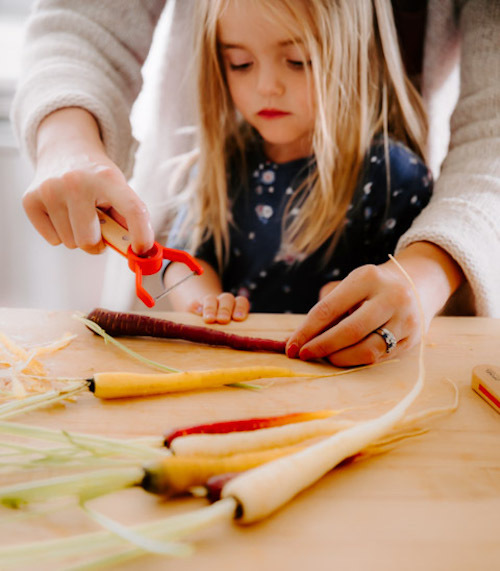
2. Play with your food!
Chances are you were told NOT to do this as a child. However, the more you can play with food, the more fun meal and snack times become, and the more enjoyable it is for everyone. If your child struggles with picky eating, you may find a big benefit in demystifying food through this method.
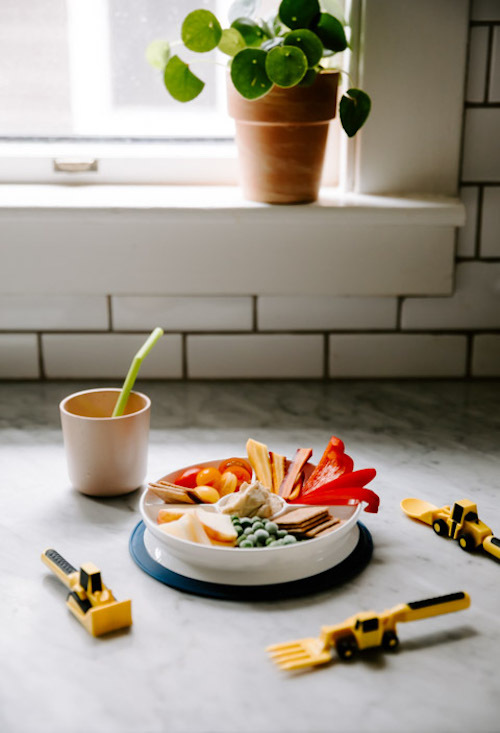
Some ideas are to create a storyline involving all the items on the plate. Makeup rhymes. Sing a song. Create art. You’ll likely find your child is more willing to eat, or at least try, the variety of food in front of them if they feel excited about it (hello, broccoli is so much more fun when it becomes a fairy forest). One of my new favorite items for the kids is the Constructive Eating cutlery set. What better way to get a child to stay engaged than by making their flatware an imaginative playset. Genius!
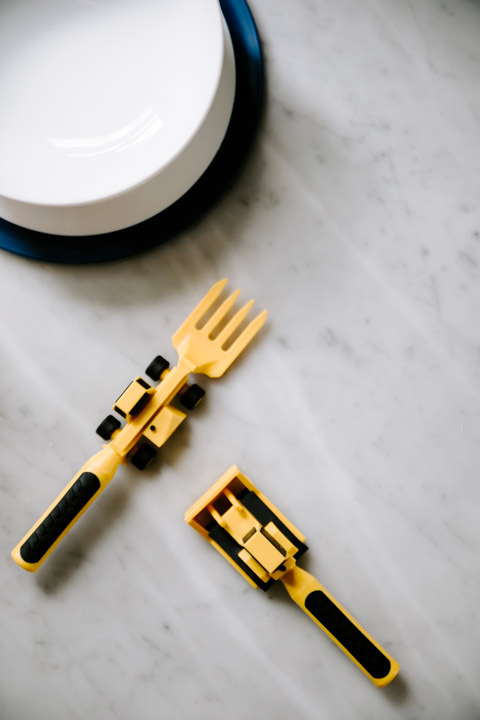
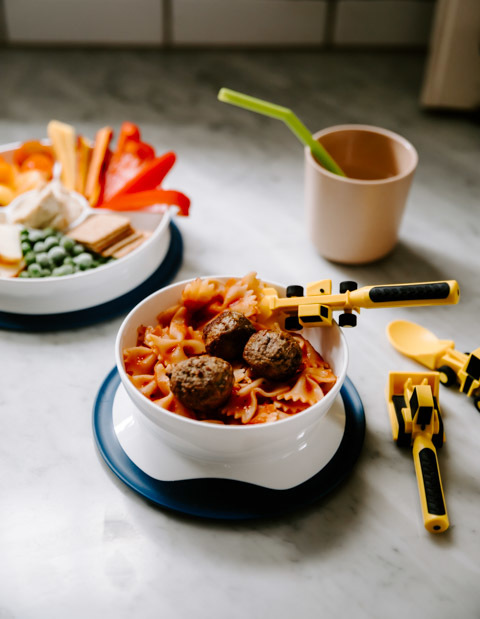
Another love item is the set of rainbow silicone straws. They add color and fun to meal and drink time, increasing the chances of getting my toddler to be a willing participant. All I have to say is pick a color and she happily drinks using her colorful choice. Whatever you end up doing, make it creative and exciting.
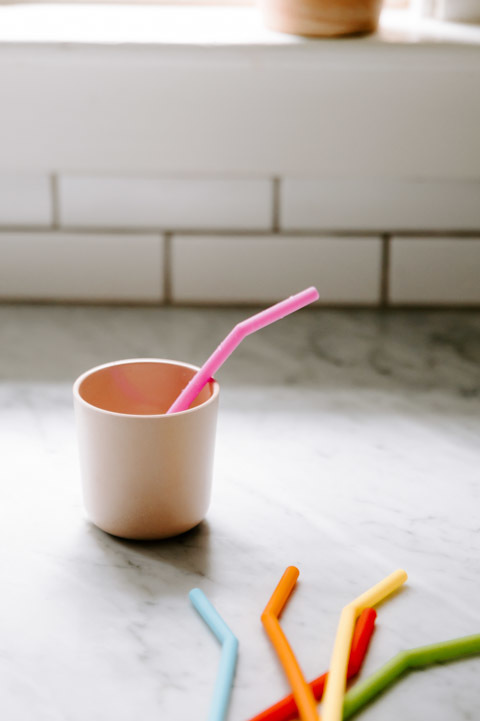
3. Group the food for your toddler & offer a “No Thank
You Bite Bowl”
Gone are the days of tricking our kids by disguising or hiding the food we serve, the strict “you have to eat all of x”, or the “finish your plate before you get y”. Those methods backfire because it usually puts certain foods on a pedestal (like a dessert or the reward) while further tarnishing their relationship with the food you actually want them to eat and enjoy. Ultimately, it can teach the child to ignore their own innate intuitive eating.
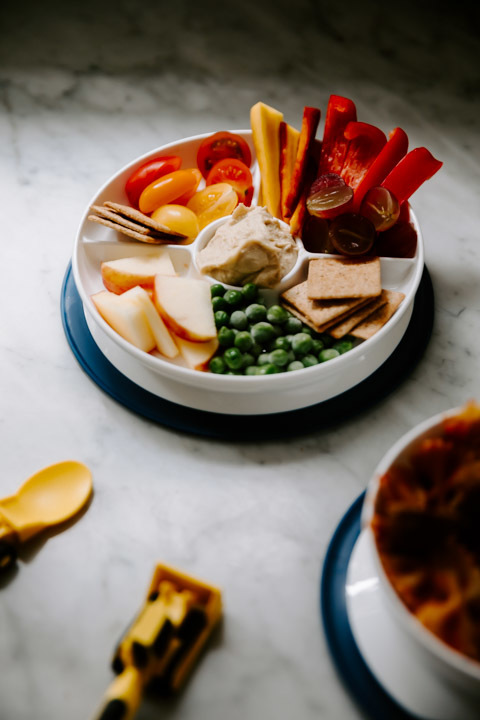
Instead, when offering new or uncertain food to your child, make sure it’s amongst an abundance of clearly laid out options they already know, and a few that they LOVE. A trick to do this is to use plates with many compartments. Kids don’t always love their food touching, and this presentation helps them navigate the food on the plate. Dividing it keeps the plate aesthetically interesting, and gives you an opportunity to put one new food on their plate without risking a meltdown. Bento boxes, OXO toddler plates, or a simple muffin tin can do the job!
Another extremely useful trick is the “no thank you bite bowl”, this means you place an empty side bowl next to their plate. In my house, we are working on tomatoes with my toddler. At each meal that I offer tomatoes, she knows she doesn’t have to eat them, but she must take a no thank you bite. If she is still uninterested after the bite, she can move the tomatoes (or any newly introduced food) into her no thank you bowl.
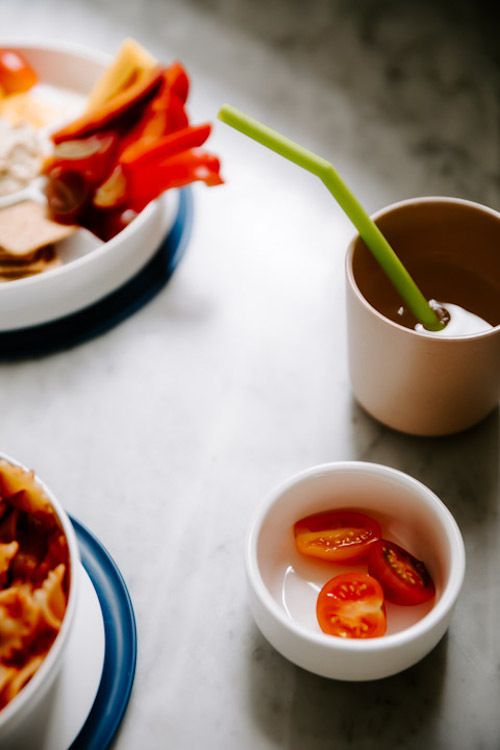
This designated spot creates a safe space for your child to explore freely and follow their preferences at any given meal. It also keeps the food in front of them for exposure, and for the potential of any additional curiosity bites. Ultimately, it saves you the dreaded mealtime food-fights.
4. Bonus Tip! Make it easy on YOU.
Okay, caretakers, we’ve talked all about the different tricks to help your child, but what about making it easier on YOU. Yes, of course, removing the food-fights from mealtime will absolutely help you, it doesn’t make all the prep any easier. I recently discovered the Rapid Slicer, created by a husband and wife that wanted to make meal prep a little bit less painful — literally and figuratively.
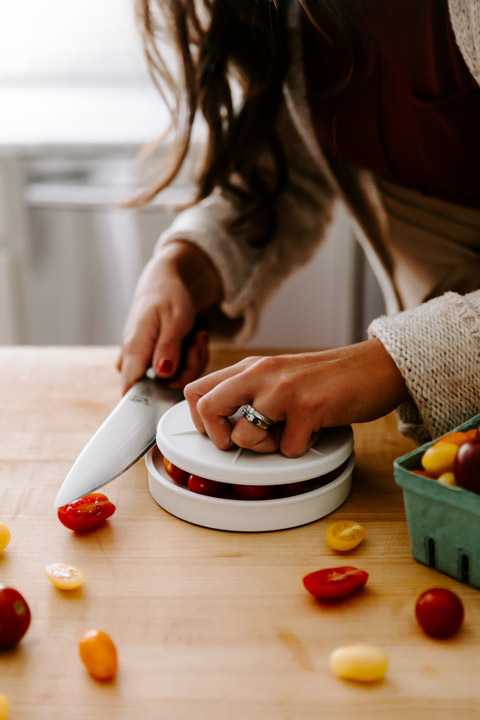
This tool is perfect for slicing choking hazard foods, like grapes and tomatoes, in one fell swoop. Or, for safe handling raw chicken (you know, while you’re multitasking meal prep with children watching, and you need a clean and freehand ASAP!). Another perk is that the rapid slicer can help safely guide a child who is learning to cut tricky foods like round or slippery items. This tool is a must-have for caregivers!
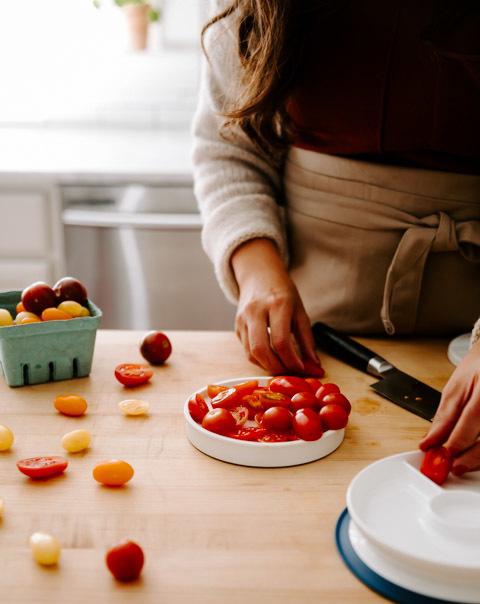
I want to hear from YOU. What here resonates with you? What are some other tricks that work well for your family? Join the conversation over on Instagram and make sure to tag me, @jennifahbravo so I can see what you have to say! Enjoy and remember, stop the food fight!


